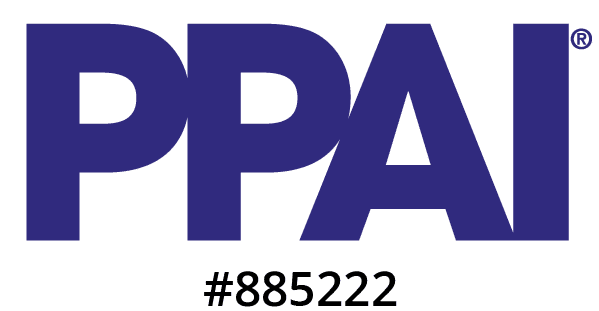Print's not dead. In fact, Smithers expects that "Over the five years to 2028, the global value of all print and printed packaging is forecast to grow from $889.4 billion to $1.16 trillion." Holy smokes! Savvy marketers know that print is a valuable way to market to their audiences. Industry research shows that the response rate to direct-mail is 37% higher than email.
As a promo distributor, you can expand your business by offering "ink on paper" products to both current and new clients. Becoming the one-stop-shop for clients, stabilizing revenue, and reducing risk during promo and apparel sales slumps.
The Benefits of Selling Print
- Wider Product Range: Offering items like business cards, brochures, and sales literature can attract a broader client base. I once worked in a program that, for every dollar in promo/apparel sales, there was a dollar in print sales. Imagine how much revenue potential there is with your existing clients.
- Increased Client Retention: Provide more solutions to existing clients, encouraging them to consolidate their purchasing. Having a reliable print expert can create buyer loyalty amidst the complexities of buying and selling print.
- Higher Order Values: Adding items like custom stationery or folders can increase the average order size, especially for e-commerce programs.
- Cross-Selling Opportunities: Use occasions like rebranding or product launches to promote printed materials alongside promo and apparel.
- Healthy Margins: The idea that selling print is a low-margin activity is a myth. On average, my own print sales have had better margins than promo. An important factor to remember is that print management in a program brings great value beyond just the printed product. Brand compliance, online ordering, approval workflows, and other enterprise services tend to exist alongside these products. Those services are valuable to your buyers.
Are you up to the challenge?
Selling printed products can be challenging for sales pros used to selling promo and apparel. What is it about selling print that can throw sales people for a loop?
- High level of customization: The level of customization that can go into a single business card is wild. When working with your client and pricing with your trade printer (supplier), you need to consider paper stock, print method, coatings, die cuts, bleeds, etc. Rarely can you or your customer point to a product, find the right column price, and then write up your order.
- Complex art requirements: If you think getting a hold of vector art from your client is difficult, wait until your printer tells you that your customer's file not only includes low-res elements, but also the ink saturation is too high in the blacks, there are no bleeds, cut lines are required, the gutter isn't wide enough, etc. While you don't need to be a professional graphic designer to sell print, it's helpful to know how to navigate these issues with your client or, at the very least, have a graphic designer nearby to lend a hand. Which, of course you will bill for – I hope.
- Mysterious pricing: Promo and apparel pricing is almost always coded. This is helpful because it helps you to understand what the going price is for a specific product. Price codes are not something you will often see in the print world and many trade printers will hesitate to tell you what you should sell their products for. Fortunately, some will display a list price on their client-friendly websites. Other direct to consumer printers publish their pricing, which can help you ensure you're in the ballpark. However, you'll find with those printers selling direct that they obfuscate or hide entirely important info like paper stock leaving you to make some guesses.
- Variable data printing: The world of variable data printing is worth an article or two itself. Users use VDP to customize print items like business cards. For example, your customer may be ordering business cards for their department. VDP is how all those names and phone numbers get onto the design template. Stay tuned to PromoPilot for some specific content around this concept. For now, just know that there are service providers in the industry who can help you with this.
Navigating the above complexities is well worth the effort. By investing the time in understanding these concepts, you are investing in a whole new world of sales opportunities. Luckily, there are resources aplenty to help you get started.
Next Steps for Promo Distributors
Connect with Trade PrintersTrade Printers (your print suppliers) are eager to help you begin your print journey! Lean on them for sample packs, swatch books, and basic print education to get you started. Find your rep and invite them to join you on client calls to help determine specs or explain capabilities for a project. If you're unsure of where to look for such supplier partners, I can enthusiastically recommend BCSI and Navitor.Industry MembershipConsider joining an organization like the Printing United Alliance. Like PPAI and ASI, the Alliance is a source for finding suppliers, educational resources, industry designations, and more. If the Alliance sounds familiar, you might have seen this very exciting announcement from them and ASI.
I sincerely hope that you've found this article inspiring and helpful. Encouraging a salesperson to try print excites me immensely for their distributorship and personal growth! If you're not subscribed to PromoPilot's blog or socials, please consider doing so. I plan on posting more about print and how to operate successful programs soon!


